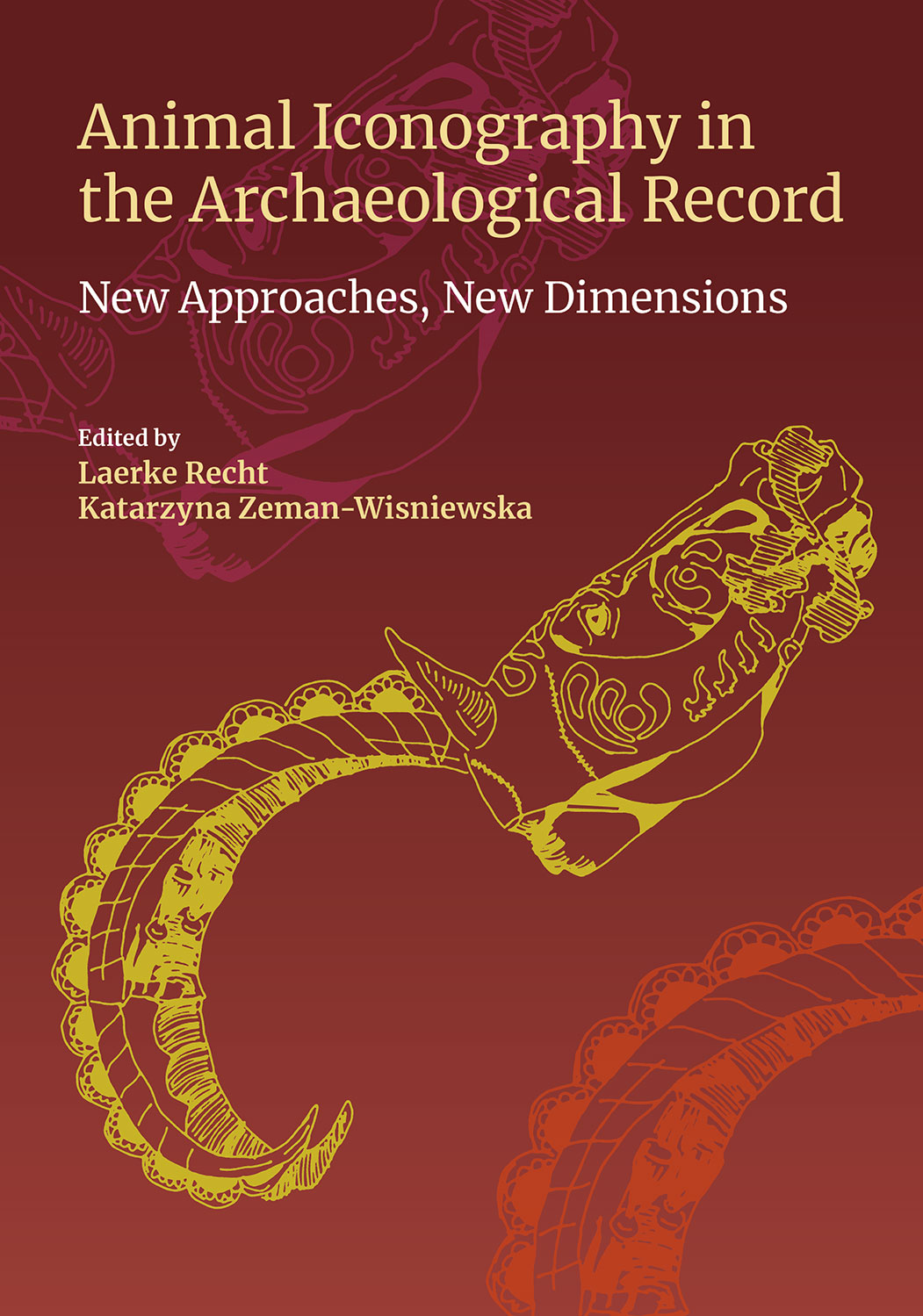Buckle up! A Comparison of Ornamental Design on Pazyryk Riding Gear of the Sites Pazyryk-1, Berel’11 and Ak-Alakha-3 with Regard to Supra-regional Exchange during the 3rd Century BC
Animal Iconography in the Archaeological Record - New Approaches, New Dimensions - Laerke Recht
Anna-Elisa Stümpel [+]
ReMa student, University of Groningen
Description
It is widely acknowledged that the horse had a key role in the nomadic lifestyle of the Scythians in Central Asia. As the archaeological record shows, being able to control the horse was an important element in Scythian culture, and a vast variety of different kinds of bridle styles indicate that their design was continuously optimised. Particularly the equipment of the archaeological group of the Pazyryk Scythians is characterised by a large variety of types with a local choice of motifs and designs for the riding gear. This paper will examine the design of bridle, saddle and headdress ornaments discovered in Pazyryk-1, Berel’11 and Ak-Alakha-3 kurgan 1, burial 2 via a comparative approach. By considering the decoration of the riding gear and its spatial distribution, it might be possible to gain insight into Pazyryk Scythian (political) relations at a later phase of their culture during the 3rd century BC.






